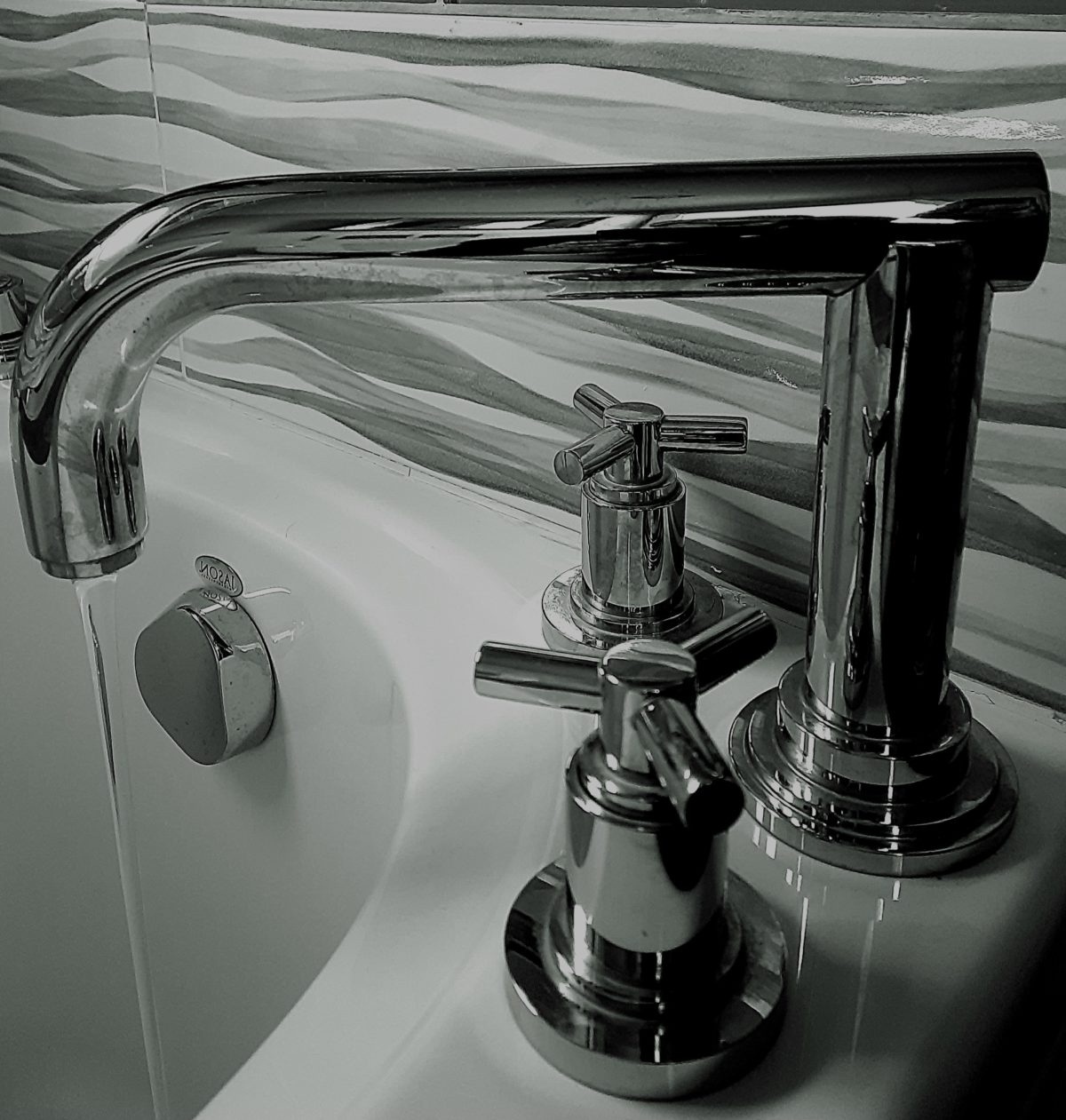When lead levels in drinking water reach 7.5 parts per billion (ppb), the state of Delaware recommends that schools disable the faucet or spigot and put up a sign proclaiming the water is no longer safe for consumption. In late December, one classroom sink at the Wallace Wallin School tested for 5,400 ppb, crossing the threshold set by the Environmental Protection Agency that classifies water as hazardous waste. In January, a water fountain in the cafeteria at William Penn High School tested at 1,300 ppb. And a water fountain at Albert H. Jones Elementary reported lead levels at 530 ppb.
These are just a few examples of lead testing results that are hundreds of times over the state’s reporting limit of 2 ppb, showing that the lead crisis facing Delaware’s schools is far worse than state officials suggested last year in public forums and media interviews.
“There is not a widespread recommendation or a concern at a population health level that students have been exposed to catastrophic lead levels,’’ said Molly Magarik, secretary of the Department of Health and Social Services, in a two-hour public meeting last November. During that meeting, officials suggested that water sources with lead levels above 7.5 ppb “were not used for drinking, such as spigots outside buildings, or hand sinks in restrooms or classrooms.”
However, according to new data from Delaware’s 2023 Lead in Drinking Water Sampling Dashboard accessed on Feb. 22, those statements are simply not true. Of the nearly 3,600 water samples taken from 54 public schools, more than 2,800 sources have tested at or above the reporting limit of 2 ppb and more than 300 — or roughly 10 percent — are above the 7.5 ppb toxicity limit, at which point the state mandates the water source be shut off. Many of these water sources are consumption points like water fountains and kitchen prep sinks. The results are so bad at some schools that the majority of water sources are either above the reporting limit or no longer safe for consumption.
Although roughly 200 schools are yet to be tested, initial results suggest that previous tests severely under-reported the extent of lead contamination in the water supplies of Delaware’s public schools. For comparison, during the first round of lead testing in 2020 and 2021, the state took 1,459 water samples from all 250 of the state’s public schools and just 149 water sources tested at or above 7.5 ppb
Delaware officials have been under intense scrutiny since news broke last year that the toxic metal lurked in the water pipes of the state’s public schools, with parents and elected officials astonished by the lack of communication between the state and school districts. Red Clay School District was so stunned by the Carney administration’s handling of the lead crisis that it filed an official complaint with the EPA alleging that the state failed to notify the district of lead testing results, in contravention of federal guidelines.
“The Department of Education, and its partner agency in this project, the Department of Health and Social Services, failed to follow the necessary communications about the water sampling program funded by the EPA,” the complaint reads, adding that the district only learned of elevated lead levels in drinking water through media reports.
“There’s lead in our water, so much so that we are reevaluating the standards of what is safe for our students,” said Red Clay school board member Jose Matthews, speaking of the complaint on the Highlands Bunker podcast last year. “It’s a safety risk for everybody,” but in the typical Delaware Way fashion, Matthews said, officials are dragging their feet to avoid “poking the bear” and angering the Carney administration.
“They don’t want to poke the bear,” said Matthews. “They don’t want to be held accountable. That was the argument. Don’t poke the bear. Work with DOE. But we can’t rely on our suppressors to admit fault and who are abusing the system and who have abused the funds they received to keep us safe. And they didn’t do that.”

